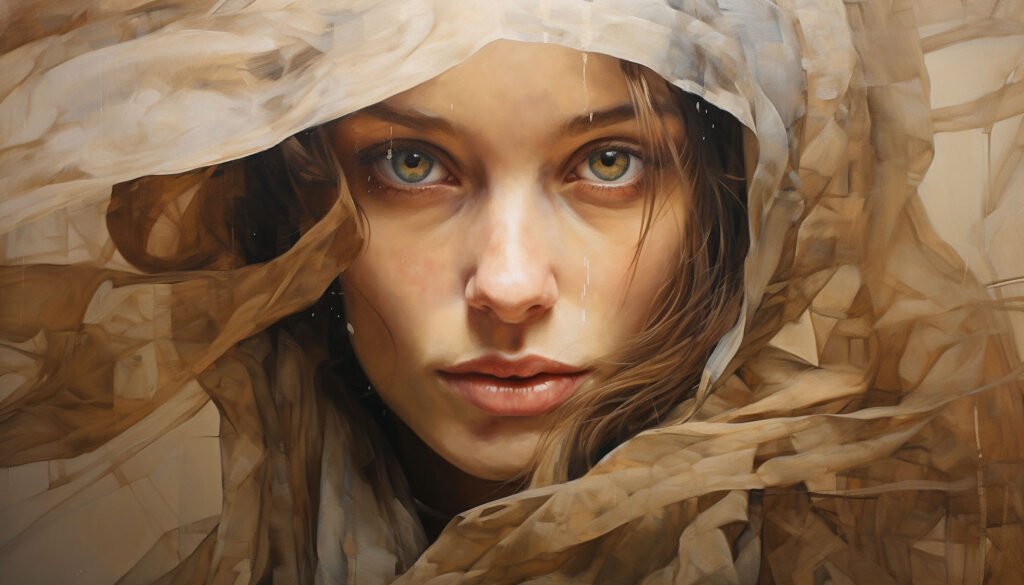Mummy Brown, a color that sparks curiosity and discomfort, holds a place in art history. This pigment, derived from actual mummies, raises eyebrows and questions about the lengths artists would go to achieve a particular hue. The history of Mummy Brown is as fascinating as macabre, a unique chapter in the world of artistic pigments.

Grisly Source: The Making of Mummy Brown
Mummy Brown was created by grinding down mummified human remains, animal mummies, or even mummified cats. The resulting powder was then mixed with binding agents to create a pigment that ranged from a warm, earthy brown to a reddish hue. This unorthodox pigment found its way into artists’ palettes, providing a unique shade that other means couldn’t easily replicate.
From Egypt to Europe: Mummy Brown’s Popularity
The use of Mummy Brown gained traction in the 16th and 17th centuries, particularly in Europe. Artists of the time were drawn to the unique color and the mystique associated with its origin. The pigment’s use wasn’t limited to paintings; it found its way into various art forms, including manuscript illuminations and even decorative objects.

A Fading Trend: Ethical and Cultural Concerns
As time progressed, ethical concerns surrounding using actual human and animal remains as art materials began to emerge. Additionally, the demand for Mummy Brown dwindled as artists sought less controversial alternatives. By the 20th century, the use of Mummy Brown had largely disappeared from the art world.
Preserving History and Ethics: The Legacy of Mummy Brown
Today, Mummy Brown serves as a reminder of the extremes artists sometimes went to in their pursuit of unique pigments. It also prompts reflection on the ethical considerations in art materials and practices. Many museums and conservators grapple with decisions regarding using historical dyes with potentially uncomfortable or unethical origins.
Unveiling the Past, Questioning the Present
The story of Mummy Brown offers a glimpse into artistic history’s peculiarities and artistic practices’ evolution. It encourages us to question the motivations behind creative choices and the ethical implications of the materials we use. As we look back at the use of such an unconventional pigment, we’re reminded that art, like history, is a complex tapestry woven from diverse threads, some of which are stranger than we could ever imagine.
Bear, Jacci Howard. “Brown Color Meanings.” ThoughtCo, Oct. 15, 2016






